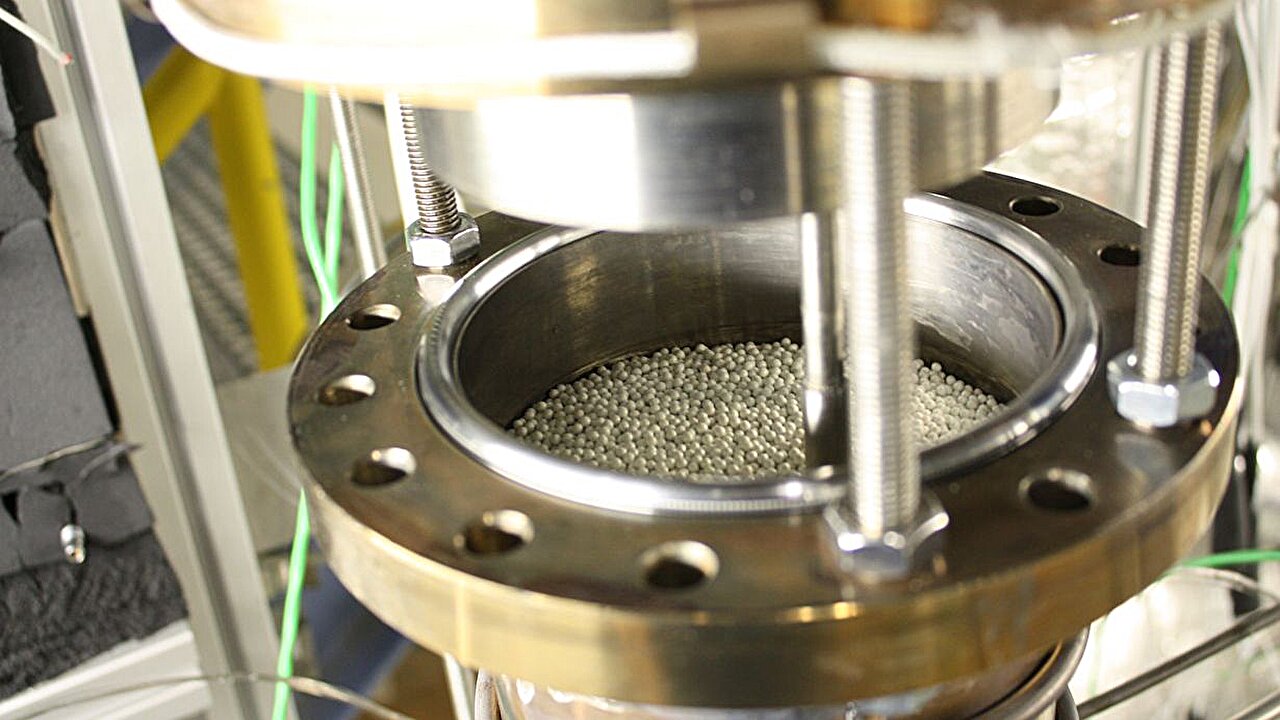Geoponica - Wikipedia
The Geoponica or Geoponika (Greek: Γεωπονικά ) is a twenty-book collection of agricultural lore, compiled during the 10th century in Constantinople for the Byzantine emperor Constantine VII Porphyrogenitus. The Greek word Geoponica signifies "agricultural pursuits" in its widest sense. It is the only surviving Byzantine agricultural work.
During the Macedonian Renaissance, the emperor Constantine VII assembled several compendia - compilations and excerpts of ancient writings - of which Geoponika was one. Around 50 manuscripts, dating from between the 10th and 16th centuries, have survived. Geoponika incorporated the work of Cassianus Bassus, which was compiled from an earlier work by Vindonius Anatolius.[1]
The 10th century collection is sometimes (wrongly) ascribed to the 7th century author Cassianus Bassus, whose collection, also titled Geoponica, was integrated into the extant work. Bassus drew heavily on the work of another agricultural compiler, Vindonius Anatolius (4th century). The ultimate sources of the Geoponica include Pliny, various lost Hellenistic and Roman-period Greek agriculture and veterinary authors, the Carthaginian agronomist Mago, and even works passing under the name of the Persian prophet Zoroaster. (The names of the principal sources for each section are attached to the text, although the age and correctness of these attributions remains in doubt.) The Greek manuscript tradition is extremely complex and not fully understood. Syriac, Pahlavi, Arabic and Armenian translations attest to its worldwide popularity and complicate the manuscript tradition still further.
















